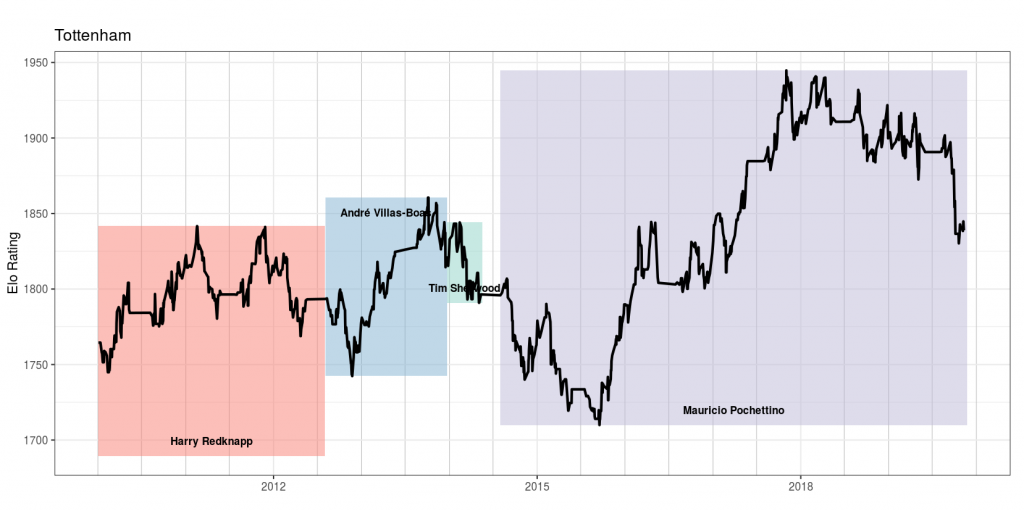I recently realised that there are two ways in which you can describe a team’s formation in football. The traditional way is to describe it in terms of the number of defenders, midfielders and attackers. 4-4-2 and all that (speaking of which, I don’t think I’ve mentioned here at all about The Paper, a new venture I’ve started with Suprio Guha Thakurta, where we dissect one piece of India business news every day. Subscribe here if you aren’t yet a subscriber. In yesterday’s edition, we used Inverting The Pyramid to describe India’s National Education Policy).
Back to football, so you can describe teams as 2-3-5, or 4-4-2, or 4-2-3-1, or whatever. However, in the last few months, maybe since Jose Mourinho took over at Spurs, I’ve discovered another way of describing a football team. It’s not that elegant, I must admit, and it takes more effort to describe it. This is what I call the “back five, front five” method.
In his early days at Spurs, Jose sort of surprised us by the way he set up the team. We all expected a 4-3-3 (or even a 4-2-3-1) given his history. It was still a nominal 4-2-3-1, but it was highly asymmetrical. Right back Serge Aurier was given license to attack, while left back Ben Davies stayed back. So the “front five” (players responsible for attack) were centre forward Harry Kane, wide left forward Heung Min Son, the attacking midfielders Dele Alli and Lucas Moura, and Aurier.
In other words, it was the 3-1 of the 4-2-3-1 and the right back that constituted the front five for Spurs under Jose. The remaining two defenders and two defensive midfielders were the “back five”, responsible for holding the position when the front five went on attack.
Now, Jose has tweaked his formation several times after this, but once I had seen this front five back five description, I couldn’t “unsee” it. Every team’s formation fit nicely into a front five and a back five.
Liverpool and Manchester City both play with nominal 4-3-3s, but that doesn’t tell you how different these teams are in the way they attack. Well, for both, the front line of three are all attackers, but the interesting thing is who joins them.
For Liverpool, it is the full backs Trent Alexander Arnold and Andy Robertson. The job of the entire midfield is to be part of the back five (though they do join attacks in turns), which makes their job very different from similar midfielders at other clubs. Check out this statistic, for example:
Most assists by defenders in Premier League history:
1?? Trent Alexander-Arnold: 13 (2019-20)
2?? Andy Robertson: 12 (2019-20)
3?? Trent Alexander-Arnold: 12 (2018-19)
4?? Andy Robertson: 11 (2018-19)Special ? pic.twitter.com/J5NVhNfshA
— Goal (@goal) August 3, 2020
Manchester City (and Guardiola’s Bayern Munich before them) do it differently. For them, all the back four are part of the back five, assisted by one of the midfielders. The other two midfielders (most commonly, Kevin De Bruyne and David Silva in the last two seasons) are part of the attack (Pep calls them “twin eights”).
Manchester United struggled for most of the season, trying out different formations and not being particularly good at it until they landed Bruno Fernandes in the winter break. That, along with the emergence of “wide striker” Mason Greenwood meant that they’ve since adopted a front-back policy similar to their City rivals. The resurgence after the pandemic break was spectacular.
So think about it – the reason nominally similar formations might play very differently, or why nominally different formations produce similar styles of play, is that they interpret the front five and back five differently. Maybe it doesn’t work for all teams, but this is a good framework to describe teams.

